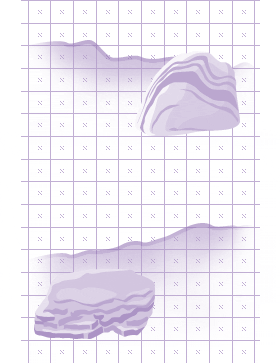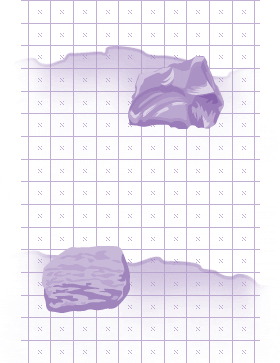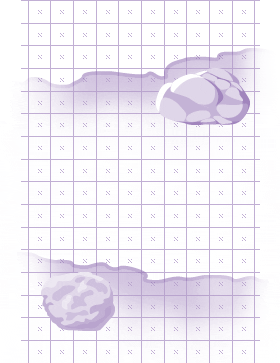|
|
About this InteractiveIntroduction | Goals | How to Use This Site | CreditsIntroductionRock Cycle is an interactive Web site where students can learn all about rocks and geology, the science of rocks. They will learn how rocks can be identified, how they are formed, and how they change over time.Students will identify the three major kinds of rocks and learn how to tell them apart. They will also discover how the different types of rocks are formed. Despite what students might assume, rocks actually change over time. Students will learn what kind of changes can happen to rocks, and about the processes that cause these changes. Putting all this knowledge together, students will understand that the rock cycle — a continuous pattern of change — helps explain what happens over and over again to the rocks in our earth. GoalsAccording to the National Committee on Science Education Standards and Assessment and the National Research Council, as a result of their activities in grades 5-8, all students should develop an understanding of:
STRUCTURE OF THE EARTH SYSTEM
EARTH'S HISTORY
With these expectations in mind, goals of the Rock Cycle interactive are:
The test questions will consist of random formats such as multiple-choice, problem-solving, fill-in-the-blank, and long answer. This assessment methodology will prevent guessing and accurately assess the student's knowledge about the rock cycle. How to Use This SiteRock Cycle consists of three sections and an assessment. Each section explores one aspect of the rock cycle. Simply follow the instructions on the screen to learn about different kinds of rocks and how to tell them apart; how the major classes of rocks are formed; the processes that cause rocks to change from one type to another; and the way changes that happen to rocks can be pictured as a continuous cycle.Students will build a rock collection by selecting different types of rocks and reading their descriptions. As the interactive progresses, students will view animations, drag and drop items into the correct places with a mouse, and take a series of challenges that will test their growing knowledge of all things rocky. Sometimes things will happen to the rocks in the collection — rocks might disappear or change, and students will have to figure out how to get them back. After completing all the activities, students will test their skills and see how much they've learned about rocks. Students should read section introductions carefully, as they give a basic overview of concepts, and use the Glossary to look up definitions to unfamiliar terms. Incorporating outdoor activities in conjunction with the Rock Cycle interactive can keep students focused and interested for longer periods of time. Having students hunt for certain types of rocks to bring to class or going exploring outside on the school playground makes the lesson more hands-on for the student, and improves the chances that students will retain information. The Rock Cycle lesson can be incorporated into a cooperative learning project. Students can pretend they are on a mission to find certain rocks, similar to a treasure hunt. Once they decide on the rocks they want to collect, they can prepare a group presentation to discuss their findings. Technical Requirements
CreditsProduction CreditsRock Cycle is a production of Thirteen/WNET New York. Copyright 2007, Annenberg Media. All rights reserved.Content ProductionAshlinn Quinn, WriterAshlinn Quinn is an Outreach Producer in Thirteen/WNET New York's Educational and Community Outreach Department, the LAB@Thirteen. She develops and manages educational outreach projects associated with PBS broadcasts. Recent projects have included producing a media-rich Web site for high school global history teachers, Wide Angle: "Window into Global History"; creating educational materials for the 2006 PBS broadcast series African American Lives; coordinating outreach events associated with the PBS newsmagazine program Religion & Ethics Newsweekly; and generating interactive online content for projects including the teen-oriented broadcast program What's Up in Finance and the animated kids' news Web site News Flash Five. Before joining Thirteen's Education Department, she worked as a music teacher and then at the Peggy Notebaert Nature Museum in Chicago, where she wrote curriculum and conducted teacher professional development programs focusing on hands-on science. She holds a B.A. with dual concentrations in music and psychology from the University of California, Berkeley, and an M.A. in sociocultural anthropology from the University of Chicago. Interactive and Broadband UnitAnthony Chapman, Director of Interactive and BroadbandAnu Krishnan, Producer Shannon Palmer, Flash Programmer Lenny Drozner, Designer and Flash Animator Ying Zhou-Hudson, Graphics Production Brian Santalone, HTML Implementation Leslie Kriesel, Copy Editor
|
        |
|||